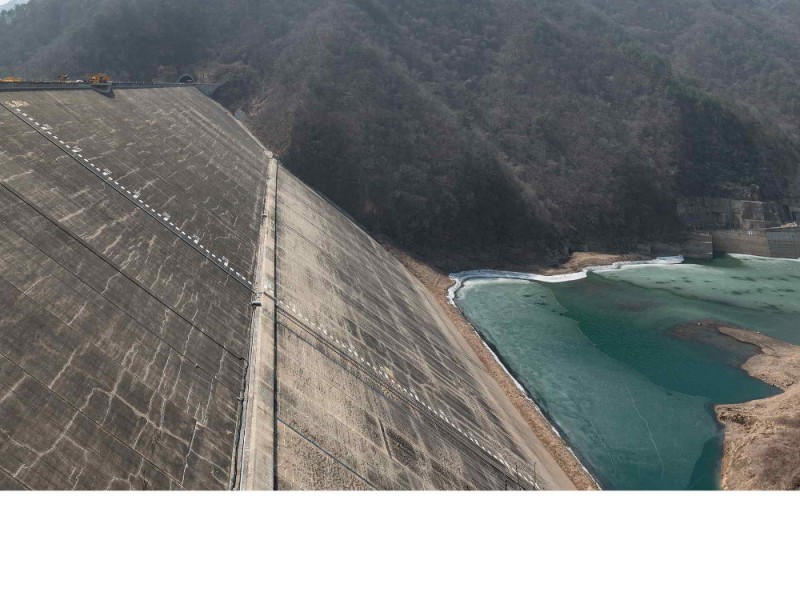Columnae Herculis: border architectures and militarised urban planning strategies
curated by Giovanna Calvenzi
Saverio Cantoni’s research confronts the architectural and urban planning strategies that involve the construction and maintenance of the southern border of the demilitarised zone between the two Koreas.
Cantoni follows the barriers constructed along this line, crossing three main ecosystems: the maritime environment, the river delta, and the mainland. His objective is to study the types of architectures developed to give physical concreteness to the most militarised border in the world.
The DMZ (demilitarised zone) cuts across the Korean peninsula – as established by the international agreements of 27th July 1953 – and extends for 2 km on each side of the border between North and South Korea. The outer margin of the DMZ is characterised by double fences that prohibit access to the zone where the actual border lies, a border which thus becomes invisible, beyond impassable lines.
The brilliant definition coined by Yehre Suh describes it as an “imagined border” in its dramatic visual dissolution made possible only thanks to massive infrastructure works. This border represents one of the last vestiges of the Cold War, developed according to parameters that retain the aesthetic apparatuses of the two opposing economic models that profoundly marked the history of the 20st century.
Cantoni’s research aims to make a contribution toward a wider international artistic laboratory that takes a stance in favour of the unification and the ratification of a definitive bilateral peace agreement between the Democratic People’s Republic of Korea and the Republic of Korea.



